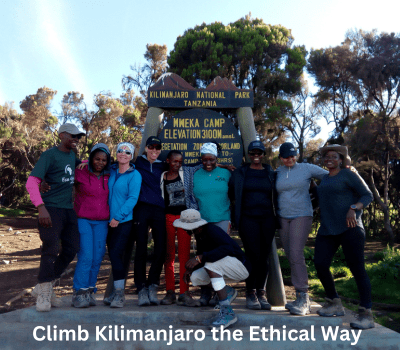Is Climbing Kilimanjaro Only for Experienced Mountaineers?
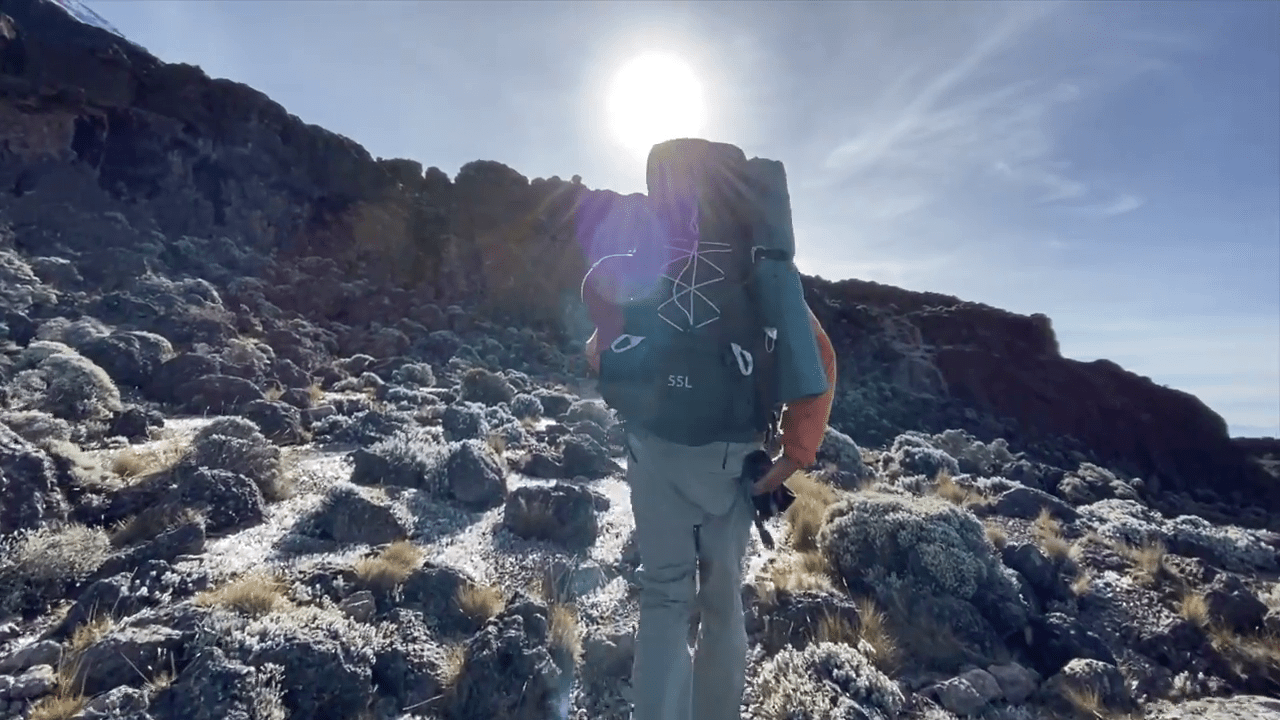
Mount Kilimanjaro is one of the world’s most iconic peaks — the highest in Africa, standing proudly at 5,895 meters (19,341 feet) above sea level. But with such a towering stature, it’s natural for first-time trekkers and adventure seekers to ask: “Is climbing Kilimanjaro only for experienced mountaineers?” The short answer? Absolutely not. While it’s a physically demanding journey, you don’t need technical climbing experience to conquer this legendary summit. In fact, thousands of ordinary people — teachers, parents, students, retirees — reach Uhuru Peak every year with the right mindset, preparation, and support.
At Eco-Africa Climbing, we’ve guided climbers of all ages and experience levels to the top, safely and ethically. We believe Kilimanjaro should be accessible to anyone with the heart and drive to reach the top — not just elite mountaineers. This guide will break down the realities of climbing Kilimanjaro, what’s required (and what’s not), and how even first-timers can successfully complete the trek with the right preparation, guidance, and support.
Introduction to Mount Kilimanjaro
The Roof of Africa
Mount Kilimanjaro isn’t just Africa’s highest peak — it’s a global icon. Located in northeastern Tanzania near the Kenyan border, it rises dramatically above the surrounding plains and offers one of the most scenic and rewarding trekking experiences on Earth. Unlike other major peaks like Everest or Denali, Kilimanjaro is not a technical mountain. That means no ropes, no ice axes, no crevasses — just a steady walk that gradually takes you through five climate zones, from rainforest to arctic summit.
This unique nature makes it a perfect goal for adventurers without prior mountaineering skills. Kilimanjaro is a mountain you can walk to the top of. That said, it’s not a stroll in the park. The altitude, long days, and unpredictable weather test your resilience. But with proper acclimatization, gear, and support — especially from ethical companies like Eco-Africa Climbing — it’s a challenge that’s very achievable for most.
Why It’s a Bucket-List Destination
Kilimanjaro draws over 35,000 trekkers annually. Why? Because it’s not just a hike — it’s a transformation. Along the way, you’ll cross moorlands, alpine deserts, glaciers, and summit under the stars. It’s a true mental and physical journey that inspires climbers to push boundaries, unplug from the world, and connect with nature. Add the pride of standing on Africa’s highest point, and you’ve got a once-in-a-lifetime experience.
But what makes Kilimanjaro even more powerful is who helps you get there. Our local team at Eco-Africa Climbing ensures every step of your climb is not just safe and successful, but also ethical, sustainable, and community-driven. Whether you’re a solo traveler or joining a group climb, we’re here to make it unforgettable.
Debunking the Myth: Is Kilimanjaro Only for Pros?
Understanding the Popular Misconception
There’s a common myth that climbing Kilimanjaro is only for elite adventurers or seasoned mountaineers. It’s easy to see why — the name “Kilimanjaro” sounds intimidating. It’s Africa’s highest peak, after all, and the photos of icy summit landscapes suggest extreme, Everest-like conditions. But here’s the truth: Kilimanjaro is a non-technical hike that requires zero prior climbing experience.
At Eco-Africa Climbing, we’ve guided hundreds of first-timers to the summit. Many of them had never hiked more than a few kilometers in their life. What they had instead of experience was determination, guidance, and a supportive team — which is really what Kilimanjaro demands most.
So no, Kilimanjaro is not only for mountaineers. It’s for dreamers. It’s for people who want to test their limits, see the world from new heights, and do so in a way that respects both people and the planet.
What Type of Experience Do You Really Need?
You don’t need to be a mountaineer, but you do need to be prepared. That means basic physical fitness, an understanding of altitude sickness, and the right mental mindset. Having some prior hiking experience (like a few long walks or day hikes) helps, but it’s not required. What matters more is your ability to pace yourself, follow your guide’s instructions, and commit to the journey.
We’ll say it again: Kilimanjaro is a trek, not a climb. With the right gear, a basic training plan, and an experienced team like Eco-Africa Climbing behind you, it becomes one of the most accessible high-altitude peaks in the world.
Who Can Climb Kilimanjaro?
Age, Fitness, and Determination
Kilimanjaro has been summited by children as young as 6 and adults well into their 70s. There’s no “perfect” age to climb, but good health and moderate fitness are key. If you can walk 6–10 miles a day for a week with some uphill sections, you’re already physically ready. That said, a few months of pre-trek training definitely helps improve stamina and reduce fatigue on the mountain.
More important than your physical stats is your attitude. The mountain tests your patience more than your strength. Altitude can affect anyone, regardless of fitness. What counts is how well you listen to your guides, stay hydrated, and take the journey one step at a time.
Our diverse groups — from solo travelers to school groups and corporate teams — are proof that Kilimanjaro is for everyone. With women-only climbs, family-friendly routes, and tailored group adventures, we make sure your experience is inclusive and empowering.
Kilimanjaro as a Non-Technical Trek
Despite its height, Kilimanjaro doesn’t require ropes, crampons, or climbing tools. This is what makes it so appealing. You’ll be walking — uphill and downhill, sometimes on rocky terrain — but never “climbing” in the mountaineering sense. Some routes are steeper than others, and summit night is intense, but it’s still all walking. The challenge is mostly due to **altitude**, **weather**, and **endurance** — not climbing skill.
If you’re worried about experience, let us assure you: many of our successful summiters had never even camped before. With our support team of certified Kilimanjaro guides, chefs, and porters — plus full safety equipment — you’ll be guided every step of the way with care, comfort, and confidence.
Training for Kilimanjaro: What You Should Know
Physical Preparation: The Basics
While you don’t need to be an athlete, physical preparation makes a world of difference. We recommend at least 8–12 weeks of training focused on cardiovascular endurance, leg strength, and stamina. Think long hikes, stair climbing, incline walking, and weighted backpack training. The better your endurance, the more comfortable you’ll feel during long trekking days on Kilimanjaro.
If you live in a flat area, don’t worry — even regular walking, treadmill incline training, and stair workouts will do. Check out our full Kilimanjaro Fitness and Training Program to get started.
And don’t forget flexibility and core strength — yoga, stretching, and balance exercises reduce the risk of injury and improve overall performance. You don’t need to train like a pro, just stay consistent and be mindful of your limits.
Mental Preparation is Just as Important
Physical strength will get you through the miles, but mental strength gets you to the summit. One of the most underestimated elements of climbing Kilimanjaro is mindset. The long days, altitude headaches, and freezing temperatures on summit night can challenge even the fittest hikers. That’s why we focus heavily on mental preparation at Eco-Africa Climbing.
We encourage climbers to visualize success, stay positive, and embrace the journey rather than obsessing over the peak. Mindfulness, gratitude, and a sense of humor go a long way. Our team is trained not just in mountain logistics but in morale building — lifting spirits with songs, stories, and support when things get tough. Remember, the summit is the goal, but the journey is the reward.
Whether it’s your first time camping or your first time over 4,000 meters, we’ll help you push through the doubts and fatigue with gentle encouragement, safety-first strategies, and genuine Tanzanian hospitality. That’s the Eco-Africa difference.
The Role of Professional Guides and Support Teams
Why Guides Are Mandatory on Kilimanjaro
Unlike other mountains where independent trekking is allowed, Kilimanjaro has a strict policy: you must be accompanied by a licensed guide. This is not just a regulation — it’s a lifesaving standard. Altitude-related complications, weather changes, and route navigation require expert handling. Professional guides don’t just show you the way — they monitor your health, motivate your spirit, and ensure your safety every step of the climb.
With Eco-Africa Climbing, you’ll climb alongside Wilderness First Responder (WFR) certified guides who’ve summited the mountain hundreds of times. They conduct daily health checks, monitor oxygen levels with pulse oximeters, and are trained to identify and respond to signs of Acute Mountain Sickness (AMS). Our assistant guides, cooks, and porters all form part of this close-knit support system — each one essential to your success.
Most importantly, they care. Our team isn’t just highly skilled — they’re passionate about what they do, and they treat every climber like family.
How Eco-Africa Climbing Ensures Your Success
At Eco-Africa Climbing, your success is our mission. We’ve guided over a thousand climbers to Uhuru Peak with one of the highest summit success rates in the region. What sets us apart? A holistic approach combining professionalism, empathy, and meticulous planning.
Here’s how we do it:
- Ethical staffing: Our mountain crew is fairly paid according to KPAP and Ministry of Tourism standards:
- Safety first: Daily health checks, oxygen saturation monitoring, and emergency oxygen are standard on every climb.
- 7-star mountain service: Fresh meals, hot towels, energizing snacks, and warm hospitality that feels like a luxury expedition.
- Environmental care: Trash In-Trash Out policy, Carbon Offset certificates for every client, and support for tree planting projects in Moshi.
- Community support: With every climb, we sponsor health insurance for a child in Moshi and contribute to local education and disability support programs.
Climbing Kilimanjaro with Eco-Africa Climbing means more than a summit — it means responsible travel, authentic connections, and a lifetime of memories. We invite you to book directly with our local team and experience the power of ethical adventure.
Choosing the Right Route for Your Skill Level
Overview of Kilimanjaro Routes
One of the reasons Kilimanjaro is so accessible to first-time trekkers is the variety of route options available — each offering a different level of difficulty, scenery, and acclimatization profile. Whether you’re looking for a longer, slower route that maximizes your chances of success or a shorter challenge for seasoned hikers, there’s a path for everyone.
Here’s a brief overview of the most popular routes offered by Eco-Africa Climbing:
- Lemosho Route – Our top recommendation for first-time climbers. Scenic, less crowded, and excellent for acclimatization.
- Machame Route – Known as the “Whiskey Route,” this is a popular and beautiful path offering varied terrain and great summit success rates.
- Marangu Route – The “Coca-Cola Route,” unique for its hut accommodations and slightly easier path, though acclimatization can be more challenging.
- Rongai Route – A quieter path from the northern side, great for those avoiding crowds.
- Northern Circuit Route – The longest route, excellent for acclimatization and those who want a remote, immersive trek.
- Umbwe Route – Steep and challenging; best suited for experienced trekkers seeking adventure.
Your experience level, fitness, available time, and preference for solitude or social interaction will help determine the best route for your climb. Our team is happy to recommend the ideal path based on your profile. You can explore full route comparisons on our Kilimanjaro Route Map page.
Best Routes for Beginners
For those new to high-altitude trekking, we recommend the following beginner-friendly options:
- Lemosho Route (8 Days): Offers optimal acclimatization time, fewer crowds, and diverse landscapes. This is the most successful route for first-timers.
- Machame Route (7 Days): Slightly more challenging but still manageable with support. Known for dramatic views and varied terrain.
- Northern Circuit (9 Days): The best option for slow acclimatization and those who want a quieter, immersive trek.
All routes are supported by our experienced mountain crew, who carry the gear, prepare meals, and ensure your comfort every step of the way. You’ll sleep in quality tents, enjoy nourishing food, and benefit from top-tier care no matter which route you choose. Read more about the full experience on our Best Kilimanjaro Climbing Company page.
The Importance of Acclimatization and Altitude Awareness
Understanding Altitude Sickness
Altitude sickness is the biggest challenge on Kilimanjaro — not the hike itself. As you ascend higher, the air gets thinner, which means your body gets less oxygen. Symptoms like headaches, nausea, dizziness, and fatigue can affect anyone, regardless of fitness or age.
That’s why understanding altitude sickness is essential. Our guides are trained to spot early signs of AMS (Acute Mountain Sickness), and we perform daily health checks using pulse oximeters to track your oxygen levels and heart rate.
At Eco-Africa Climbing, we take altitude seriously. We carry emergency oxygen on every climb and implement protocols that prioritize your safety. If symptoms worsen, our team knows how to respond quickly — often allowing a climber to recover and continue. In rare cases, we arrange for safe and immediate descent with full medical support.
How to Prepare and Minimize Risk
Acclimatization is the key to reducing risk. Here’s how to set yourself up for success:
- Choose a longer route: More days on the mountain equals better acclimatization. Routes like the 8-day Lemosho or 9-day Northern Circuit are ideal.
- Climb high, sleep low: This strategy helps your body adjust gradually. Our itineraries include this tactic wherever possible.
- Hydrate constantly: Drink 3–4 liters of water per day to stay well-hydrated, which helps your body acclimatize.
- Eat well: Our chefs prepare high-calorie, balanced meals to keep your energy up and your immune system strong.
- Go slow: Your pace matters. Our mantra is “pole pole” — Swahili for “slowly.” It’s the most important tip for success.
If you’re concerned about AMS or your ability to acclimate, check out our detailed guide on preventing altitude sickness.
What Makes Eco-Africa Climbing the Best Choice for First-Time Trekkers
7-Star Service from a 100% Local Team
At Eco-Africa Climbing, we offer a unique blend of professional service and heartfelt hospitality. Our clients often tell us they felt like they were on a luxury expedition — not because we charge luxury prices, but because of how deeply we care about your journey. Our mountain crew is known for going above and beyond to make every moment comfortable, memorable, and safe.
From the moment you land in Tanzania, you’re treated like family. We welcome you at our Moshi office, introduce you to your guides and crew, and walk you through your trek in detail. Each team member is WFR-certified and brings years of experience to the mountain. We pride ourselves on consistent organization, clear communication, and positive energy that uplifts you through even the toughest days.
You’ll enjoy hot towels at camp, well-timed snacks, warm meals tailored to your diet, and gear that keeps you cozy — no matter the conditions. Our standard package includes services that many companies offer as luxury upgrades. This is the Eco-Africa difference: world-class care, powered by local heart.
Ethical, Sustainable, and Fair Practices
We are proud members of the Kilimanjaro Porters Assistance Project (KPAP) and Carbon Offsetting Tanzania. Our operations are rooted in fairness, environmental responsibility, and community support. Here’s what that looks like in action:
- Fair wages: We pay our mountain crew as recommended:
- Transparent tipping: We have a public tipping guide and guarantee full distribution to the intended crew members.
- Gear & nutrition: Every porter is equipped with proper clothing, shelter, and three hot meals per day.
- Environmental action: We operate Trash In-Trash Out climbs and offset your carbon footprint. You’ll even receive a personalized carbon offset certificate after your trip.
- Community development: Every booking supports education, healthcare, and job training in Moshi. For every climber, we sponsor one child’s health insurance for a full year.
Our climbs don’t just get you to the summit — they help uplift local lives and protect Tanzania’s natural treasures. That’s what makes your Kilimanjaro adventure with us truly meaningful.
What to Pack (and What We Provide)
Essential Gear for First-Time Climbers
You don’t need to spend a fortune on gear to climb Kilimanjaro. We offer high-quality rental options and provide you with a complete packing list to keep your load efficient and practical. Some essentials you’ll need include:
- Layered clothing for cold and warm conditions
- Waterproof boots and outerwear
- Daypack (25–35L) for daily items
- Hydration system (3L)
- Gloves, hat, and gaiters
- Headlamp with extra batteries
- Personal toiletries and first aid
Check out our full Kilimanjaro Packing List for a complete breakdown. Our team will review your gear before the climb and help you rent anything missing — from sleeping bags to waterproof tents.
Gear We Provide to Ensure Comfort and Safety
We believe your Kilimanjaro experience should be as comfortable and safe as possible. That’s why we provide premium equipment, including:
- High-quality Mountain Hardware tents
- Thick foam sleeping mats
- Dining tents with tables, chairs, and lighting
- Private, sanitary toilet tents
- Pulse oximeters for daily health checks
- Emergency oxygen and first aid kit
Plus, our camp setup is managed by a dedicated crew who ensures everything is spotless and welcoming. Whether it’s your first night in a tent or your first time above 4,000m, we’ll make sure you sleep comfortably and rise ready to trek.
Booking Your Adventure the Right Way
Why Booking Local Matters
Many travelers book Kilimanjaro climbs through overseas agents who outsource logistics to local operators. That often results in higher prices, lower quality, and poor treatment of porters. When you book directly with Eco-Africa Climbing, you work with a passionate, professional team from start to finish — no middlemen.
You’re guaranteed:
- Consistent communication
- Transparent pricing
- Personalized trip planning
- Full control over ethical standards
And the best part? More of your money stays in Tanzania, directly supporting jobs, families, and local development.
Start Planning Today
Ready to take the first step toward your Kilimanjaro adventure? Visit our online booking portal or fill out a booking request form. Our team will reach out with a detailed itinerary, tips, and support materials to help you prepare.
Have questions? Contact us anytime via our contact page or drop by our Moshi office for a warm welcome. We’re excited to help you plan your ethical, life-changing climb to the Roof of Africa.
Conclusion
So, is climbing Kilimanjaro only for experienced mountaineers? Not at all. With the right support, preparation, and mindset, anyone with moderate fitness and determination can summit Africa’s highest peak. It’s not about being a pro — it’s about trusting your guides, pacing yourself, and embracing the journey.
When you choose Eco-Africa Climbing, you choose more than just a trek — you choose to travel responsibly, uplift communities, and experience Kilimanjaro the way it was meant to be experienced: ethically, sustainably, and with heart.
FAQs
1. Can I climb Kilimanjaro without prior hiking experience?
Yes! With a good training plan and a professional guide team like Eco-Africa Climbing, even beginners can successfully summit.
2. Is the climb dangerous?
Kilimanjaro is non-technical, but altitude sickness can pose risks. That’s why we include daily health checks, emergency oxygen, and safety training on every climb.
3. How long should I train before climbing?
We recommend at least 8–12 weeks of endurance training, including long walks, stairs, and weighted backpack hikes. Our training guide can help you get started.
4. What is the best beginner-friendly route?
The 8-day Lemosho or 9-day Northern Circuit routes offer the best acclimatization and are ideal for first-timers.
5. Can I climb solo or join a group?
You can do either! We offer both private treks and group departures. Check our Join Group options for upcoming dates.
Share:
Related Posts
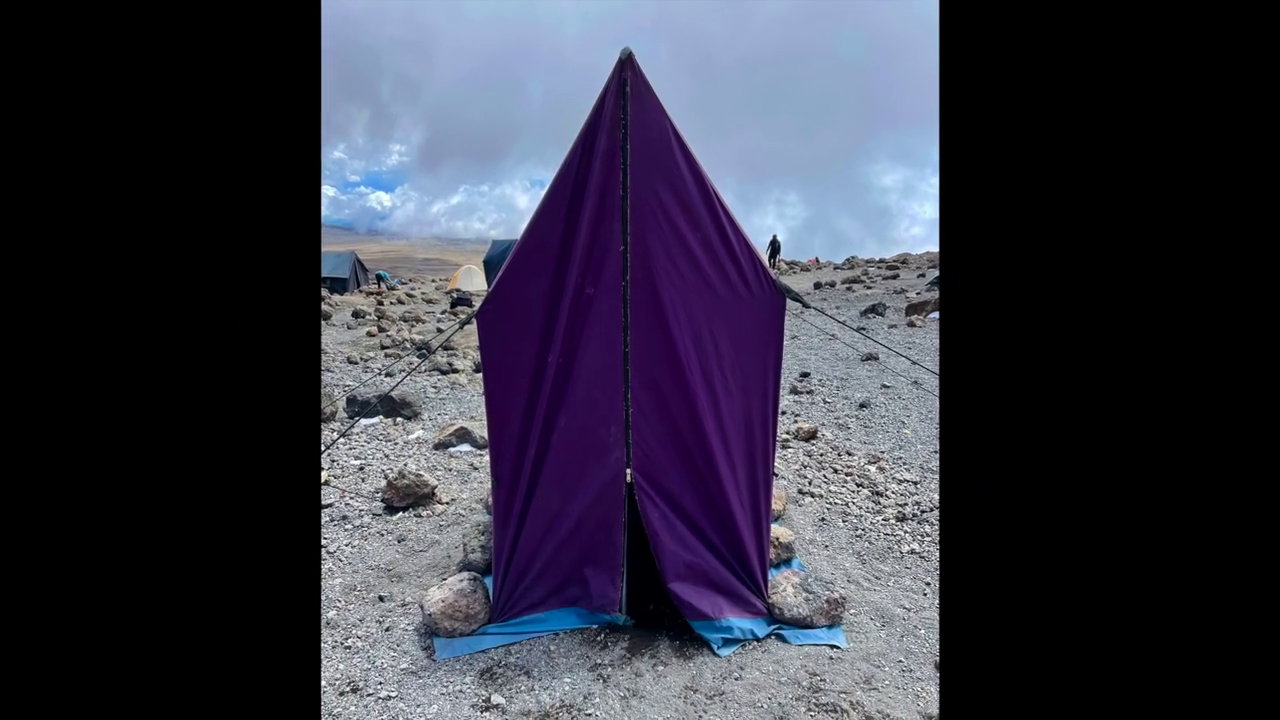
bathroom on mountain kilimanjaro
Bathroom on Mountain Kilimanjaro: What to Expect and How to Prepare Introduction One of the most common — and least discussed — questions from people
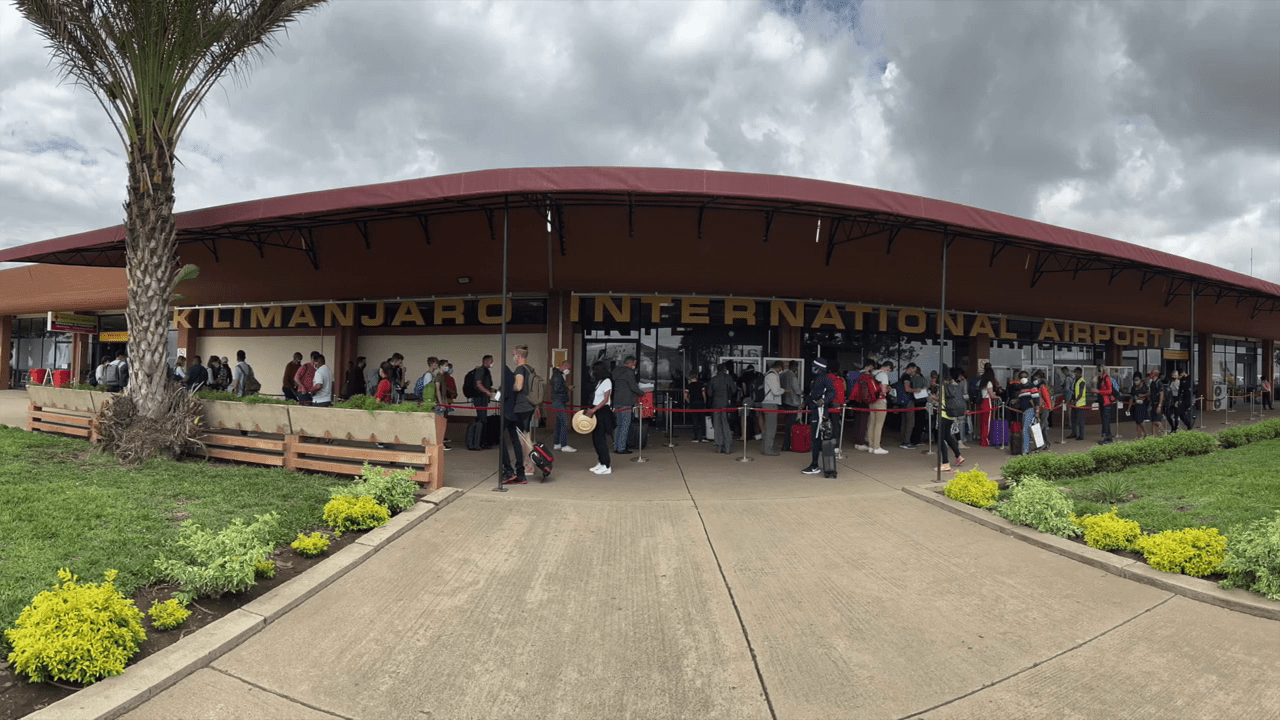
Are Guides Readily Available in Tanzania Without Prior Booking?
Are Guides Readily Available in Tanzania Without Prior Booking? Introduction: Should You Risk Climbing Without Pre-Booking? Climbing Mount Kilimanjaro is a dream for many adventurers.
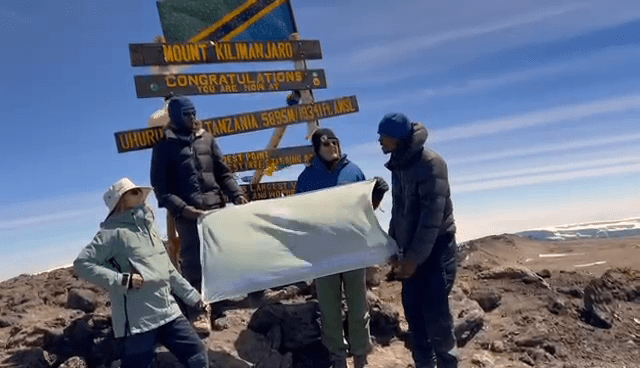
How Can I Find a Reliable Local Guide for My Kilimanjaro Expedition?
How Can I Find a Reliable Local Guide for My Kilimanjaro Expedition? Introduction: Why the Right Guide Is Key to Kilimanjaro Success Climbing Mount Kilimanjaro
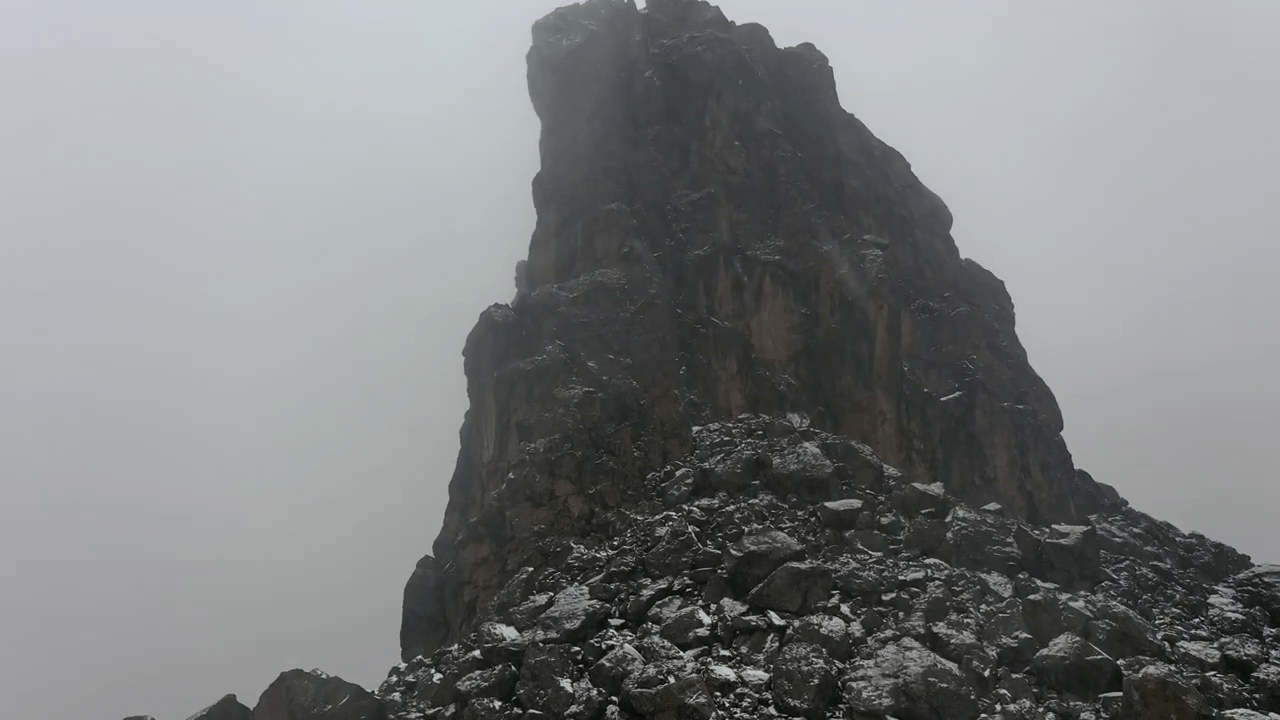
Is Climbing Kilimanjaro Dangerous for Individuals Without Mountaineering Experience?
Is Climbing Kilimanjaro Dangerous for Individuals Without Mountaineering Experience? Introduction: The Myth of Danger and Experience Many aspiring adventurers wonder if climbing Mount Kilimanjaro is
